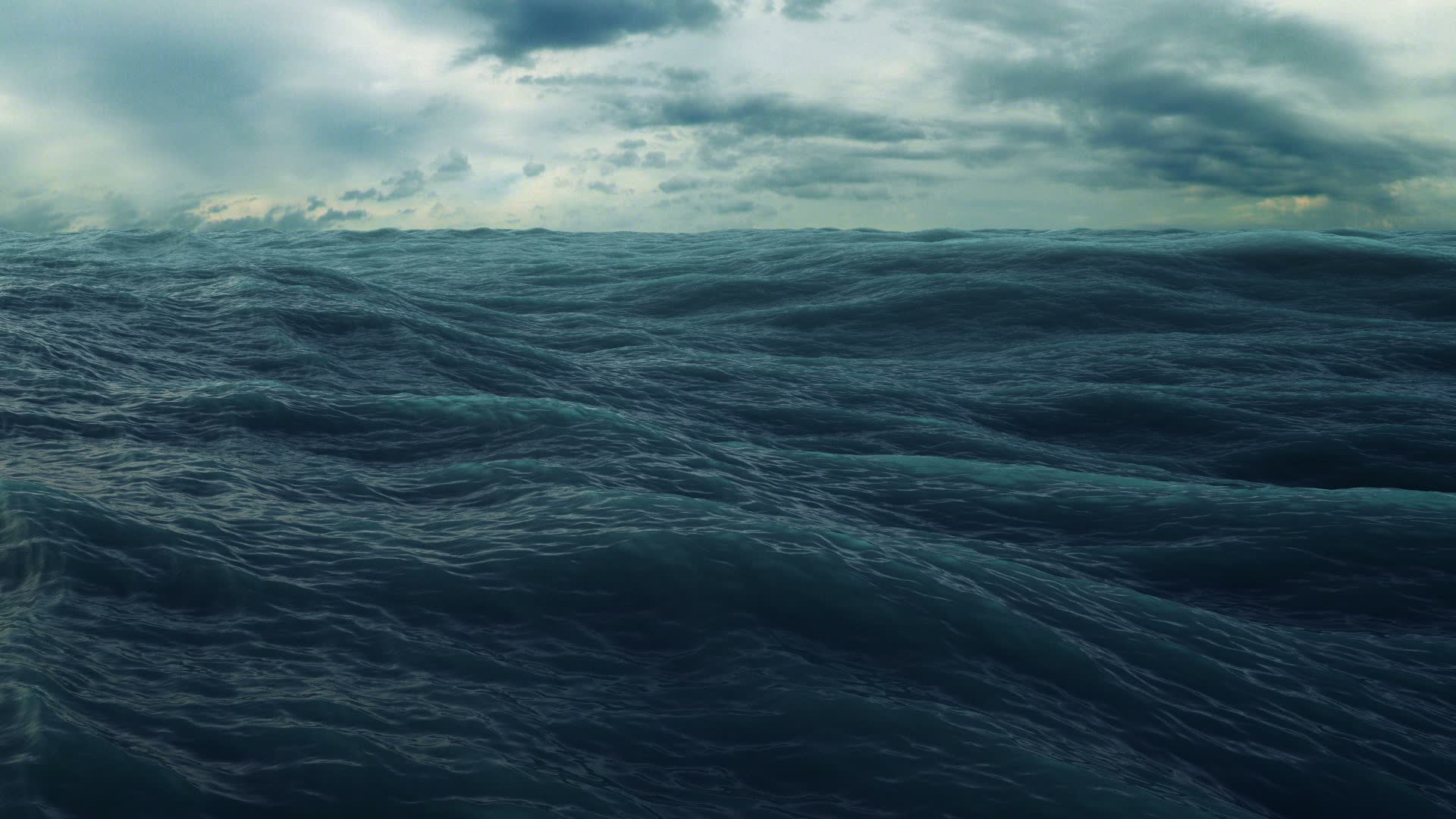Scientists at Northwestern University have found evidence that four times the amount of water commonly thought to exist on Earth actually exists. The study, based on years of seismographical data, shows the existence of massive amounts of water located 255-400 miles (410-660 kilometers) under the surface of the Earth–equivalent to three times Earth’s oceans–and has caused a reassessment of the origin of Earth’s waters.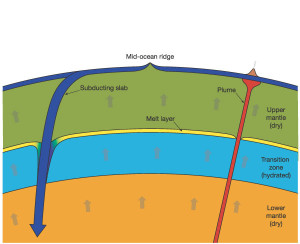
Evidence of the underground reservoir comes from years of US monitoring of subsurface movements. Researchers now believe they have found proof that a huge water reservoir exists in the transition zone–between the upper and lower mantle, the the two layers below the Earth’s crust.
The transition zone contains a mineral that has a high water storage capacity, called ringwoodite. Scientists believe ringwoodite fills the mantle.
Ringwoodite has been experimented on, and under extreme pressure, it has been found to trap water.
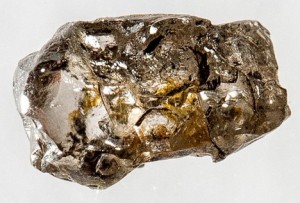
The ringwoodite sinks into the mantle when oceanic crusts slide under adjoining plates and are forced further and further down. As even more weight bears on the ringwoodite from above, the water trapped in the mineral is forced out. This process is called hydration melting.
The amount of water held in subsurface ringwoodite is expected to be around three times the amount that fills the Earth’s oceans. Transition-zone ringwoodite would have to contain 2.6 percent water to bear this amount. The amount of water thought to be under the Earth, if it were on the surface, would only leave the tops of Earth’s mountains poking out as islands.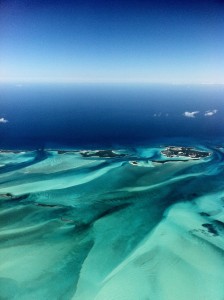
Given this information, scientists also believe there is more grounds to believe the Earth’s oceans came from within the Earth–the so-called “whole-Earth water cycle”–not from icy comets, the other popular theory.
The depth of the water is unreachable with contemporary tools, however. The deepest modern tools have drilled into the earth is 7.5 miles (12 kilometers)–halfway through the Earth’s crust. At that depth, the drill bit began to melt from geothermal heat.
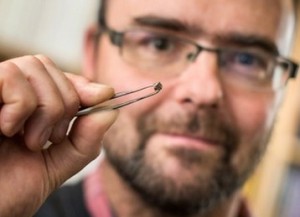
The study supports the research of University of Alberta’s Graham Pearson, who found that a diamond from the transition zone expelled by a volcano contained water-bearing ringwoodite. Pearson has since found another ringwoodite crystal that also contained water.
By Sid Douglas
